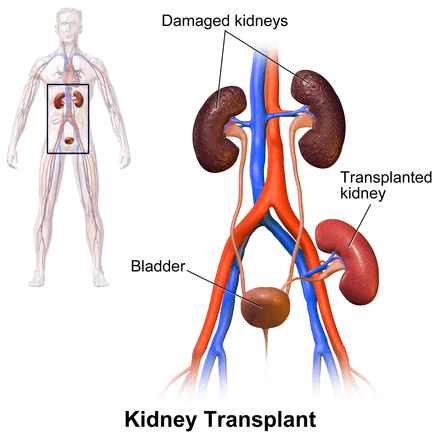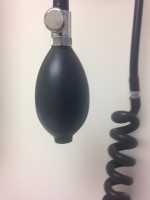Author Interviews, Dermatology, Kidney Stones, NEJM / 28.03.2024
NEJM: Some Hair Straightening Products May Cause Kidney Injury
MedicalResearch.com Interview with:
Thomas Robert, MD, AIX
Associate Professor of Nephrology
APHM (Assistance Publique - Hopitaux de Marseille)
Marseille, Provence-Alpes-Côte d'Azur, France
Prof. Emmanuel Letavernier, MD PhD
Nephrologist at Tenon Hospital
Paris, France
MedicalResearch.com: What is the background for this study?
Response: Our work was prompted by emerging concerns surrounding the potential nephrotoxic effects of hair-straightening products containing glyoxylic acid. This inquiry was instigated by a patient who experienced three repeated acute episodes of kidney injury in June 2020, April 2021, and July 2022, each occurring shortly after a hair-straightening procedure. Notably, these episodes resolved with hydration.
Upon examining the composition of the hair product used by the patient, which contained glyoxylic acid, and considering the patient's report of painful ulcer scalp during application and subsequent scalp scarring, we suspected a potential link between exposure to glyoxylic acid and kidney injury. Consulting with my colleague, Professor Emmanuel Letavenier, a specialist in crystalline nephropathy at Paris, confirmed this suspicion.
In summer 2023, cases series have been reported by an Israeli team (https://pubmed.ncbi.nlm.nih.gov/36610611/), who described 26 patients presenting with acute renal injuries after hair straightening treatments. Biopsies revealed calcium oxalate crystals in the kidneys. The Israeli researchers suspected an effect of formaldehyde and glycolic acid, another substance found in many cosmetic products, including hair straightening products, but were unable to provide conclusive evidence.
(more…)










